Learn Blockchain
Electricity Costs Next to Nothing: Why the “USB Bitcoin Lotto Miner” Has Become the Narrow Door to Ordinary People’s Bitcoin Dream
In mid-2025, a device called the Lucky Miner LV03 USB miner suddenly went viral across global e-commerce platforms. Dubbed the “lotto miner” or “bitcoin lottery machine,” this gadget has quickly become one of the most talked-about crypto miners for everyday users.
Priced between $24 and $34 on platforms like AliExpress and Amazon (and only $19.9 on Luckyminerclub.com!), these devices promote themselves with irresistible selling points:
Solo mining mode
Only 1W power consumption
Plug-and-play WiFi connectivity
Chance to win a full Bitcoin block reward
The biggest hook? “Electricity costs are negligible.” At just 1 watt, annual electricity costs in the U.S. amount to only a few dollars. In contrast, the promised reward is striking: a chance at a full block payout—currently 3.125 BTC, worth around $300,000 at today’s prices.
This narrative—low power, low cost, but massive jackpot potential—has ignited global curiosity. From U.S. and European crypto forums, to African Telegram groups, to Kazakhstan mining WeChat circles, people are speculating about these USB lotto mining devices.
Mainstream media hasn’t ignored it either. Tom’s Hardware headlined them as a “$24 Bitcoin lottery ticket,” pointing out that while the odds are astronomically lower than winning a national lottery, the appeal is undeniable. A few rare stories of users claiming to have “almost hit a block” or seen someone else succeed have only fueled the gambling-like psychology.
At the core, this new wave of lotto miners isn’t about consistent mining returns. Instead, it’s about hope, luck, and ultra-low entry costs—a game where you don’t need an expensive ASIC miner or industrial-scale rigs, just a little device on your desk and a dose of luck.
This investigative feature explores the phenomenon from multiple angles—mining models, economic expectations, real-world user cases, and the risks that buyers should understand.
01 – Bitcoin’s Shift and the Rise of the Lotto Miner
By August 2025, Bitcoin’s price had surged past $120,000 per coin (CoinMarketCap), nearly 70% higher than a year before. Amid this rally, a niche trend exploded into mainstream awareness: the lotto miner.
Unlike traditional BTC miners such as Bitmain’s Antminer or MicroBT’s Whatsminer, lotto miners aren’t designed for efficiency or sustained profit. Instead, they are low-power, low-hashrate, plug-and-play devices that rely on solo mining. Think of them as Bitcoin scratch-off tickets—each device carries a vanishingly small chance to “hit the block” and win a massive payout.
1.1 The Global Hashrate Landscape
The Cambridge Bitcoin Electricity Consumption Index (CBECI) reported in August 2025 that global hashrate had surpassed 700 EH/s, double that of mid-2023.
The U.S. dominates with ~37% share.
China, despite crackdowns, maintains ~18% via gray markets and offshore hosting.
Kazakhstan, Russia, and Canada collectively exceed 20%.
This ongoing concentration means the odds for small, independent miners are nearly impossible—unless they join pools. Lotto miners change the narrative: they let anyone rejoin Bitcoin mining culture for just a few dollars.
1.2 From Industrial Mining to Desktop Mining
Modern ASIC miners like the Antminer S21 or Whatsminer M60 consume 3,000W+ and cost thousands of dollars—far beyond reach for individuals. In contrast, lotto miners consume 1W to 150W and cost as little as $20–$300.
The Lucky Miner series, popular across Western markets in 2025, demonstrates this shift. They’re quiet, energy-efficient, and small enough to run from a home office desk. Mining has been re-personalized—no longer just an industrial pursuit, but also an educational and entertainment tool.
1.3 Probability as a Financial Fable
From a statistical standpoint, the odds are absurd. For example, a 50KH/s lotto mining device contributes just one ten-trillionth of the global hashrate. Realistically, it might run for decades—or even centuries—without ever hitting a block.
Yet the lotto miner still sells because of the thrill: a $20 “Bitcoin lottery ticket” with a life-changing jackpot. At today’s block reward of 3.125 BTC (~$375,000), that dream has powerful pull.
1.4 The Critics
Skeptics argue lotto miners are more symbolic than profitable. As Toronto University fintech researcher Sarah Williams said in June 2025: “This is more about decentralized participation than investment returns.”
Some devices have even been flagged as scams—fake miners with no real network connection, just blinking lights. In July 2025, the European Consumer Association (BEUC) issued a warning about fraudulent lotto mining devices.
1.5 Global Case Studies
California, USA: An engineer bought two Lucky Miner LV06 devices for his kids’ STEM education, teaching blockchain and probability.
Madrid, Spain: An open-source enthusiast ran a Lucky Miner LV07, uploading live hashrate data to GitHub for community learning.
Tokyo, Japan: Cafés display lotto miners as crypto-themed décor, sparking curiosity among younger customers.
Clearly, lotto miners have transcended hardware—they’ve become cultural symbols, reconnecting ordinary people with Bitcoin’s grassroots spirit.
02 – How Lotto Miners Work: Models, Returns, and Reality
The core distinction of a lotto miner lies in solo mining plus ultra-low power draw.
2.1 Mining Model
Pool mining = stable but tiny payouts, proportional to hashpower.
Solo mining = “all or nothing.” If you solve the block, you keep the entire reward.
Lotto miners apply solo mining with minuscule hashpower, essentially turning Bitcoin into a high-stakes lottery.
2.2 Profitability Model (Expected Value)
Unlike normal mining ROI, lotto miners must be evaluated using Expected Value (EV):
EV = P(success) × Reward – Costs
Take the Lucky Miner LV03 (74KH/s, $19.9 on Luckyminerclub.com):
Probability of hitting a block ≈ near-zero (estimated ~180 million years for one success).
Reward = 3.125 BTC (~$375,000 at $120K/BTC).
Costs = ~$20 upfront + ~$1.31 annual electricity (1W, U.S. average $0.15/kWh).
Economically, the expected return is virtually zero. The real “business model” is selling the dream—turning mass consumer purchases into revenue for manufacturers.
2.3 Risks and Costs
Device cost = sunk expense.
Electricity = negligible.
True cost = buying into the hype.
Lotto miners are best understood as entertainment gadgets, not investments.
03 – Social Narrative and Non-Economic Value
Despite their lack of profitability, lotto miners thrive because they deliver non-financial value:
3.1 Consumer Motivations
Education: Teaching blockchain concepts through a hands-on device.
Entertainment: Like buying a lottery ticket, it’s about the thrill of possibility.
Community: Active groups on Reddit, Telegram, and Twitter celebrate shared experiences.
3.2 Symbolism: A Return to Decentralization
Satoshi Nakamoto’s vision was that anyone could mine Bitcoin at home. Industrialization killed that dream. Lotto miners, however weak in power, revive the symbolic spirit of personal participation.
As a Berlin developer told Bitcoin Magazine: “I know my odds are near zero, but seeing that little Lucky Miner on my desk makes me feel reconnected to the Bitcoin network.”
3.3 The Caveats
Consumers should beware of:
Exaggerated marketing claims
Undisclosed near-zero probabilities
Fake devices that aren’t connected to the Bitcoin network
The value lies in education, fun, and community—not ROI.
04 – Risks and Investment Warnings
4.1 Legal & Regulatory Risks
Different jurisdictions treat mining differently. Some may classify lotto miners as gambling tools or unlicensed financial products. Future regulation remains uncertain.
4.2 Technical & Market Risks
Hashrate inflation → odds shrink further.
Bitcoin volatility → jackpot value could collapse with BTC price.
Product quality → many no-name miners lack support or durability.
4.3 Practical Advice
Clarify your motive: Don’t expect financial return; treat it like a novelty.
Research first: Verify specs and reviews; avoid “guaranteed profit” claims.
Limit your risk: Spend only what you’re comfortable losing.
Choose trusted brands: Stick with reputable communities like Lucky Miner for transparency and reliability.
05 – Conclusion: A Narrow Door to Bitcoin for the Masses
The lotto miner is not a reliable bitcoin miner in the financial sense—but it is a cultural gateway.
It reconnects everyday users with the Bitcoin dream, not through hashrate or profit, but through education, entertainment, and symbolism.
While the math makes clear that lotto mining devices are not profitable, their popularity proves that the decentralized spirit of Bitcoin lives on—even in small, whimsical ways.
They may not change the world, but they do make Bitcoin accessible, personal, and fun again. For many, that’s worth the $20. For a few lucky ones, it could mean winning the ultimate jackpot.
And at the center of this new trend is Lucky Miner, providing affordable lotto mining devices, transparent branding, and a community-driven approach that keeps the spirit of decentralized mining alive.





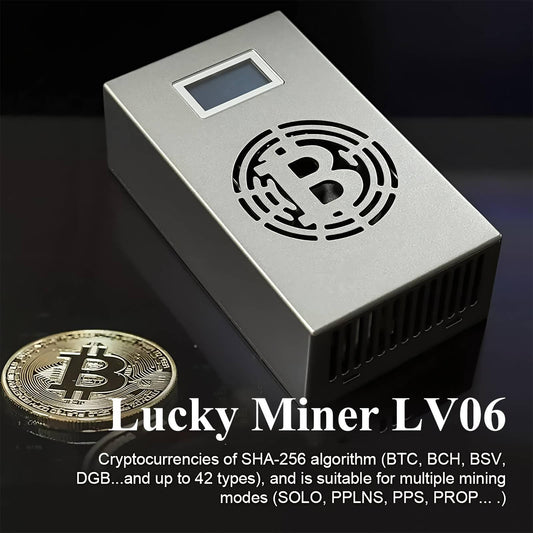
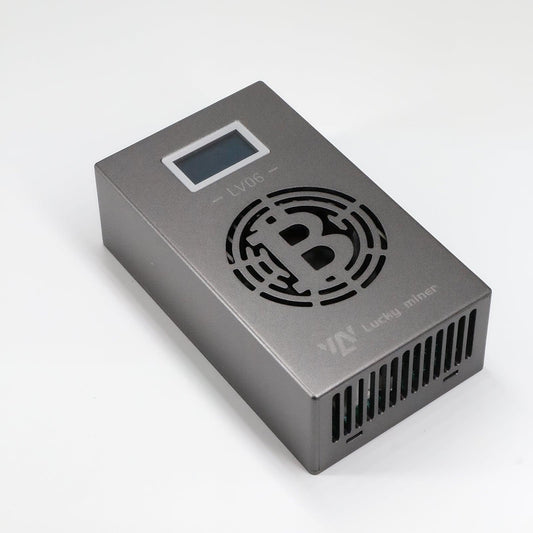

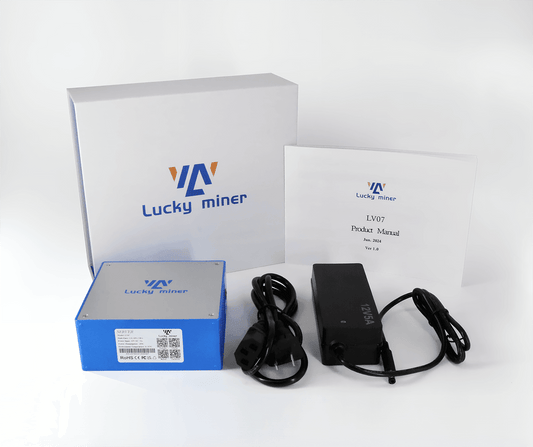
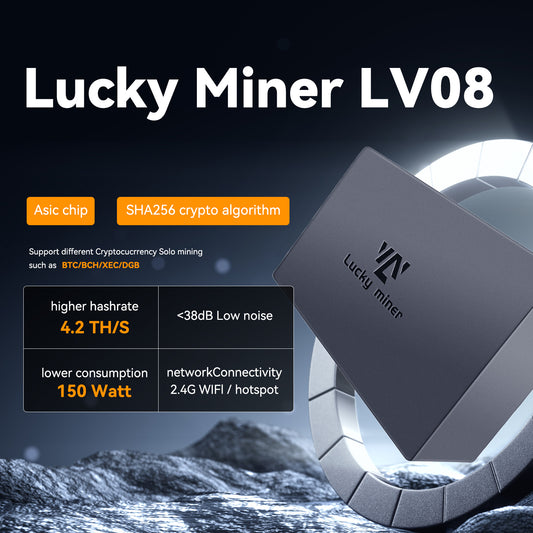
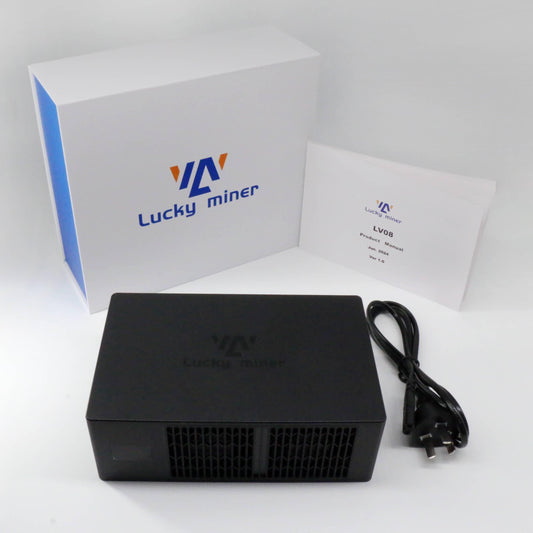
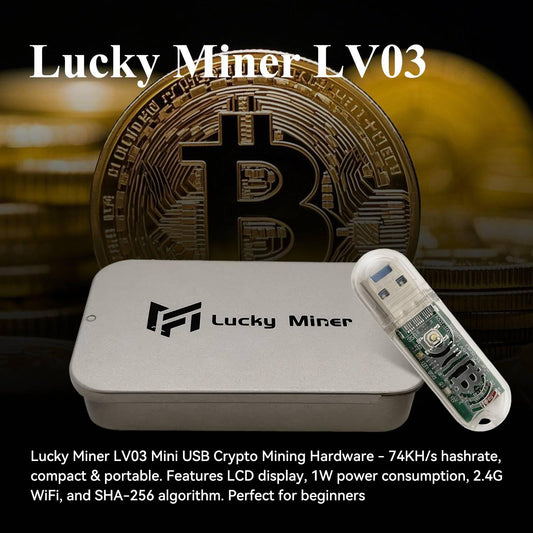
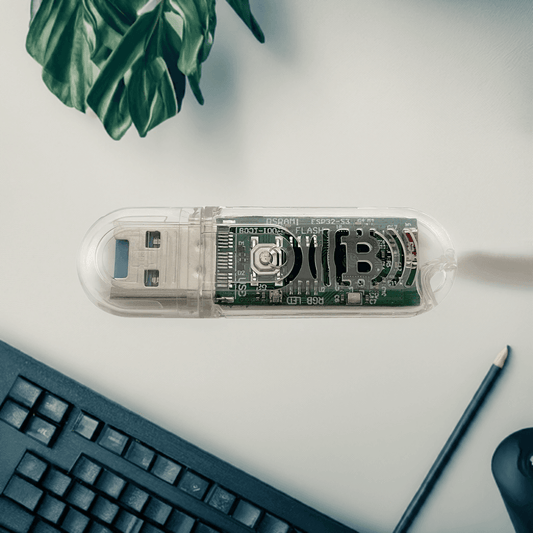

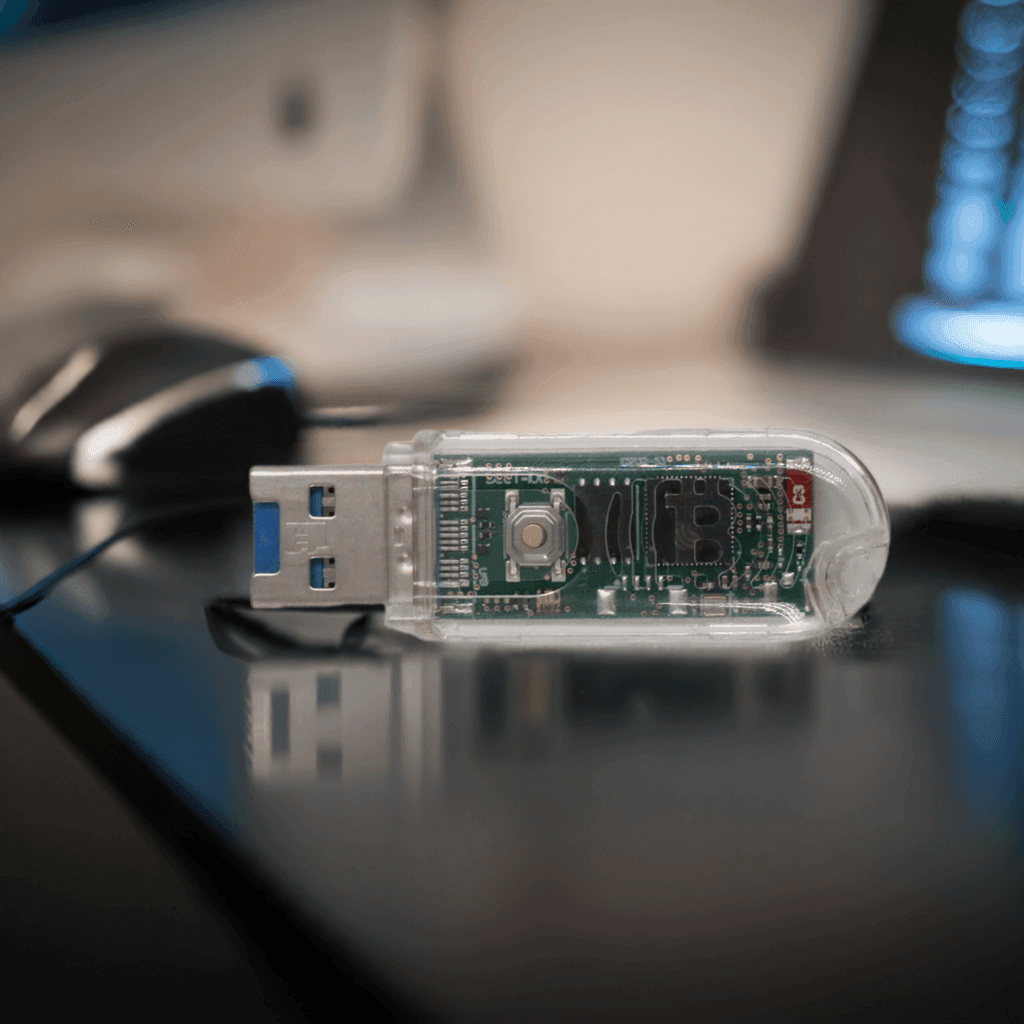

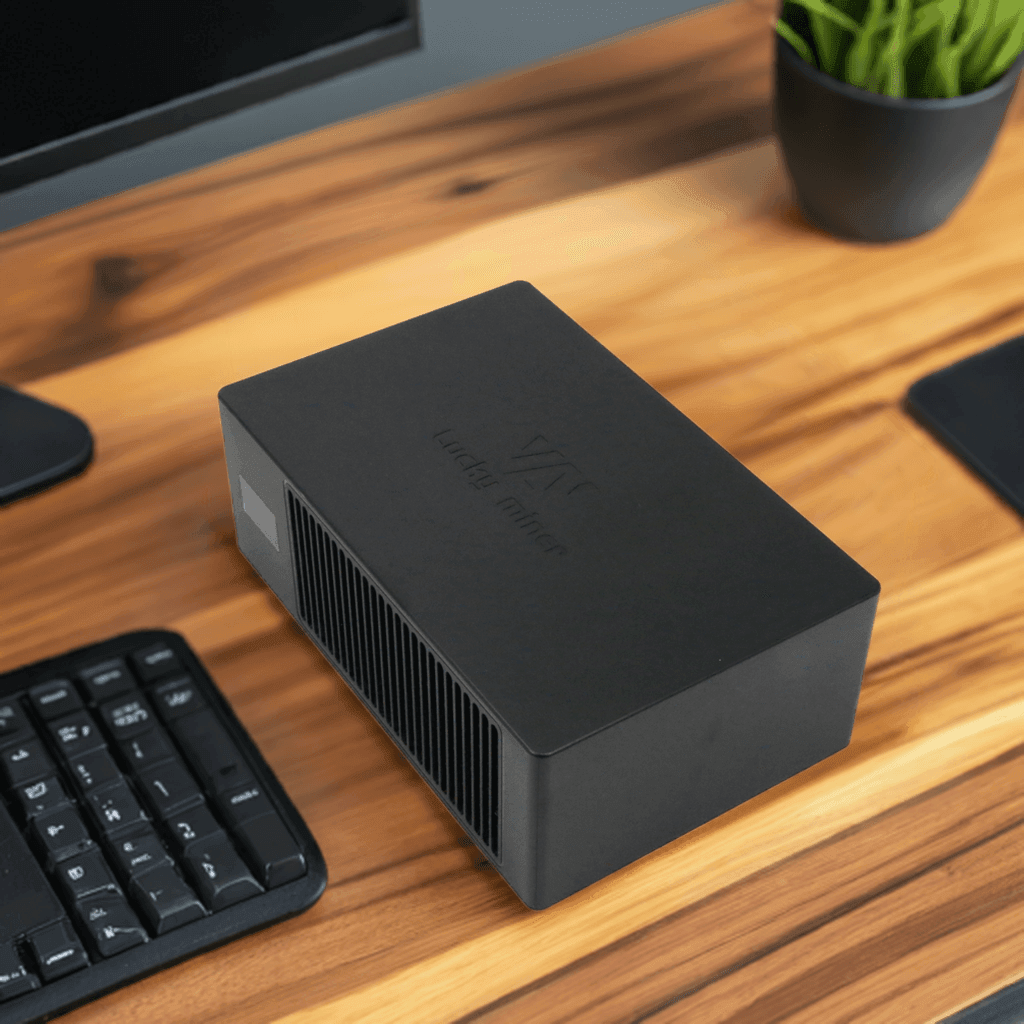

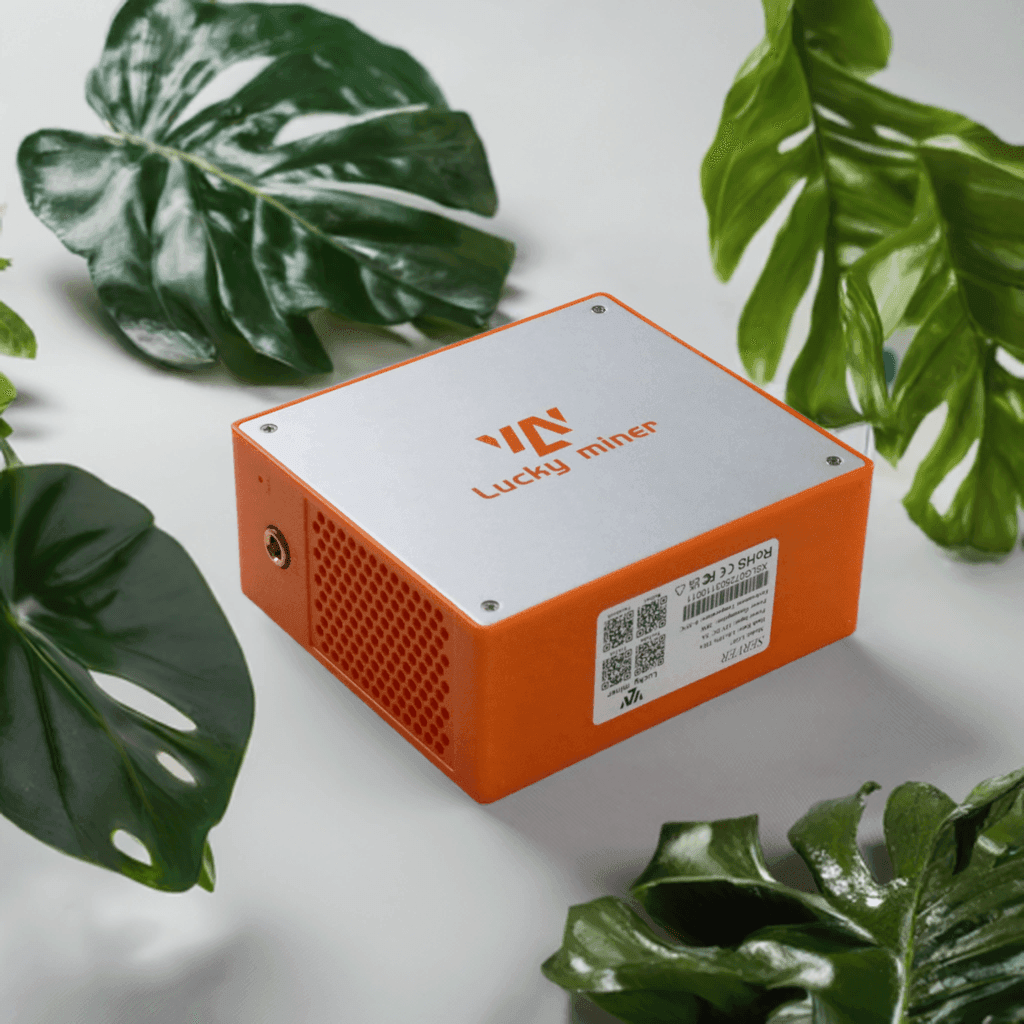

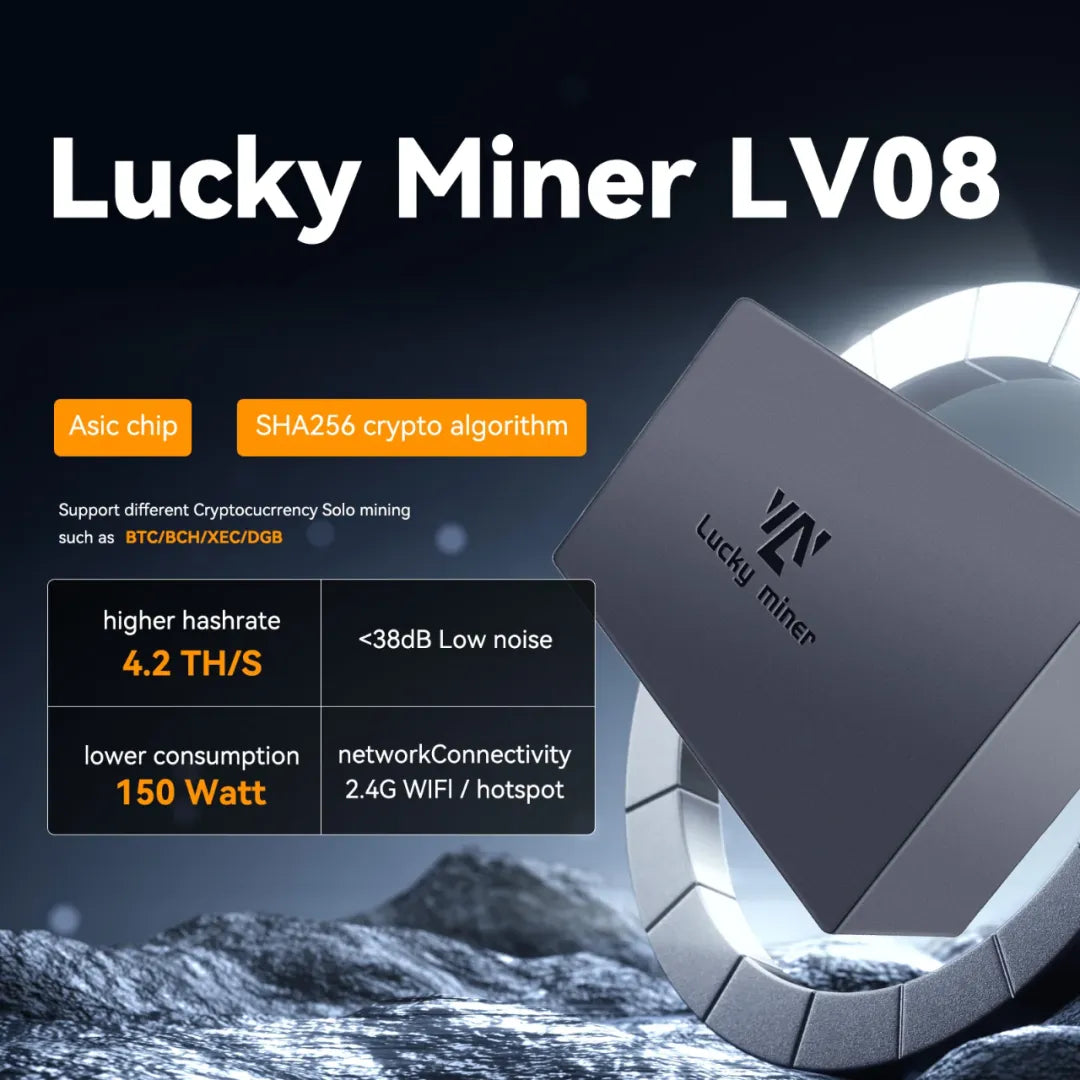

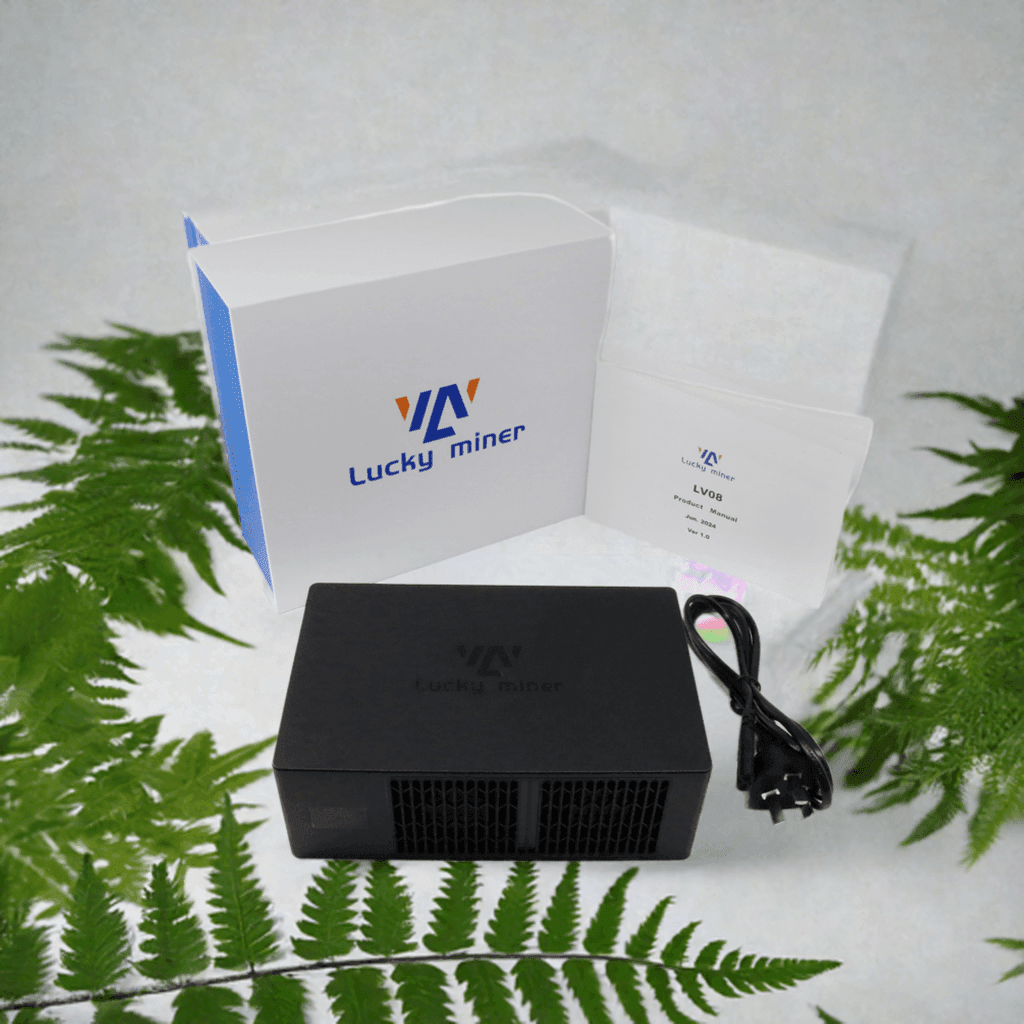
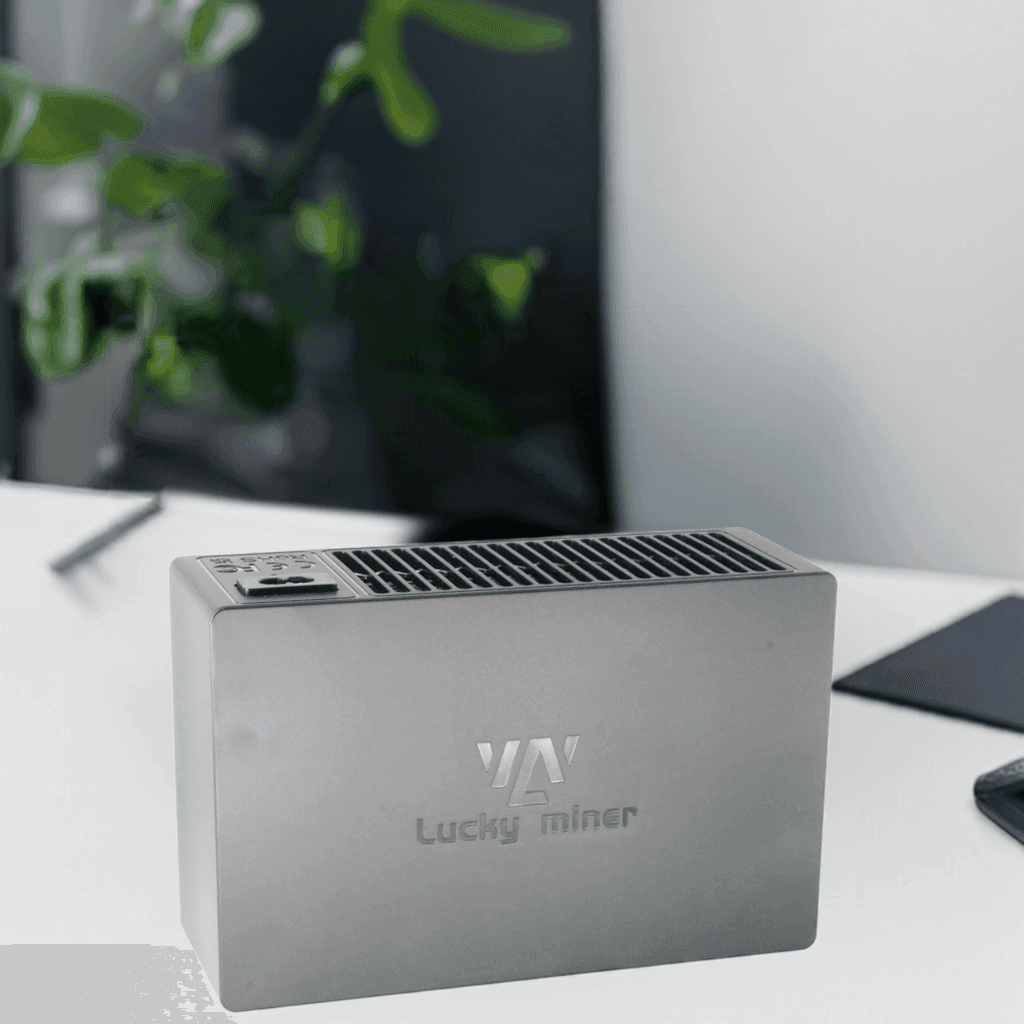
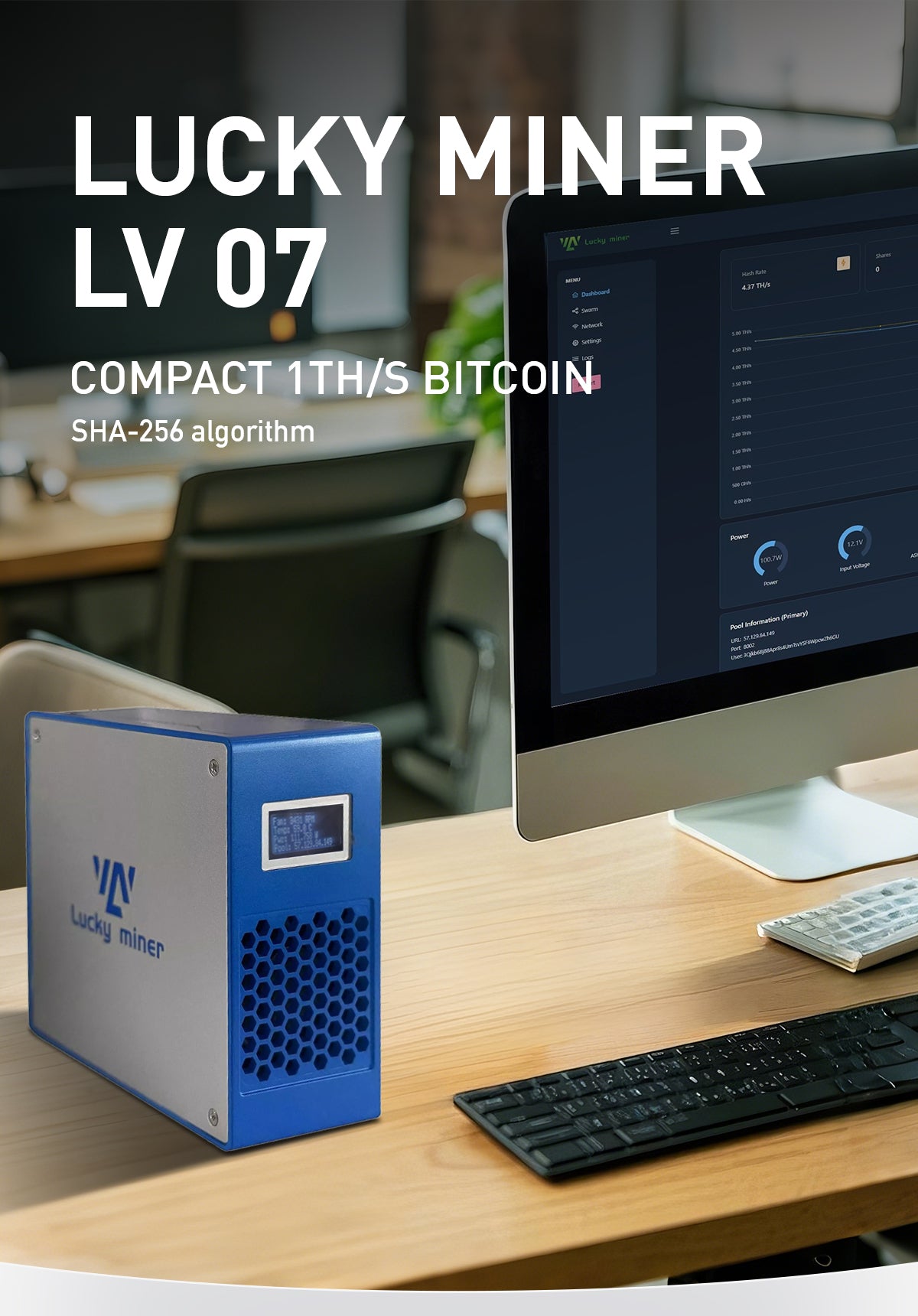
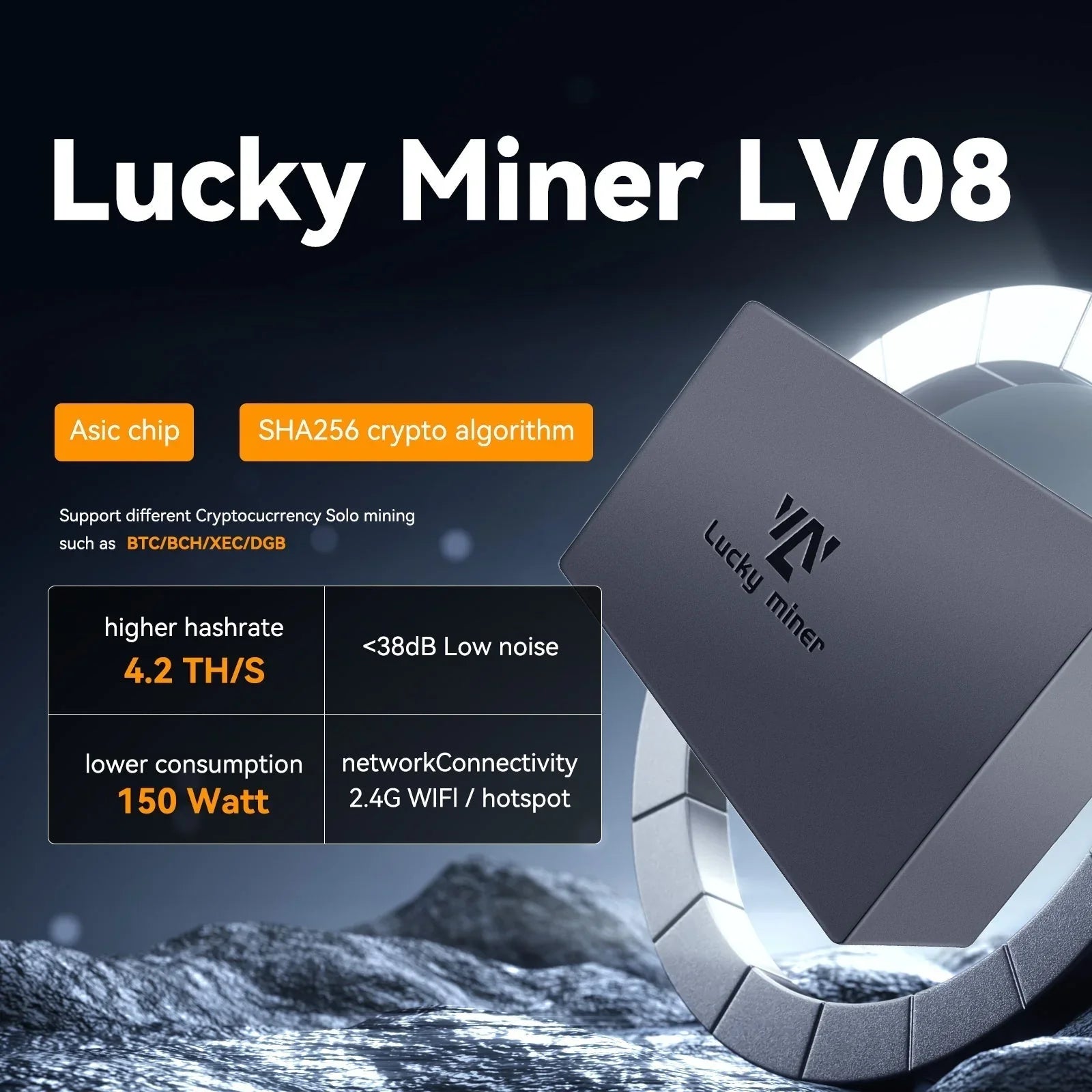

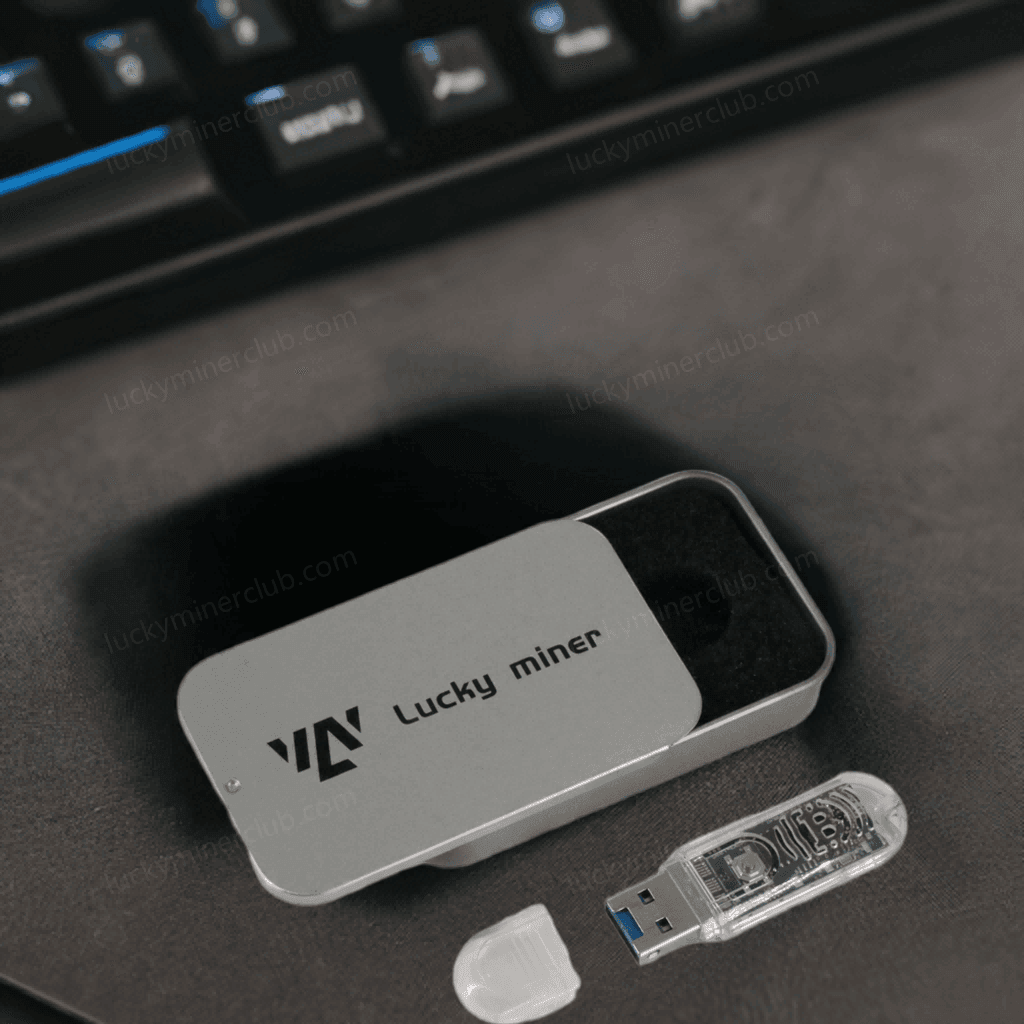
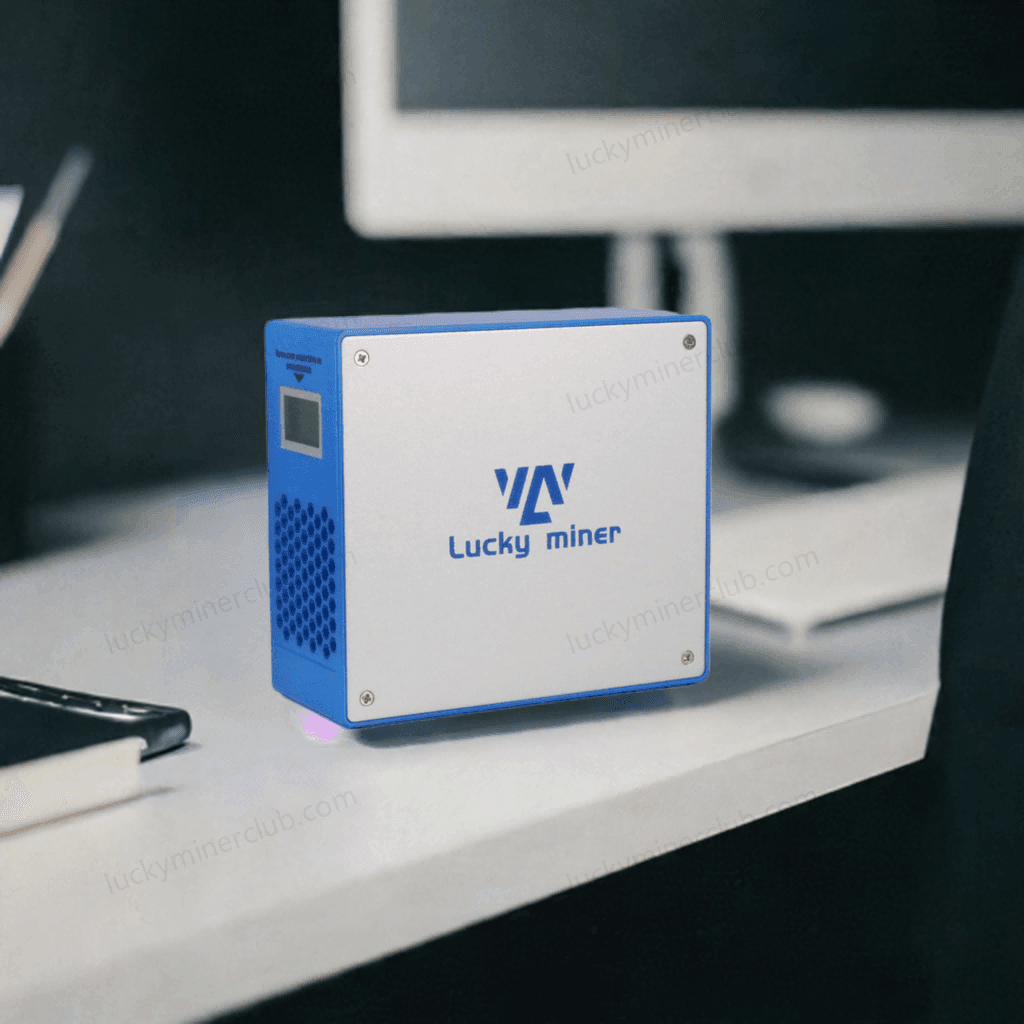
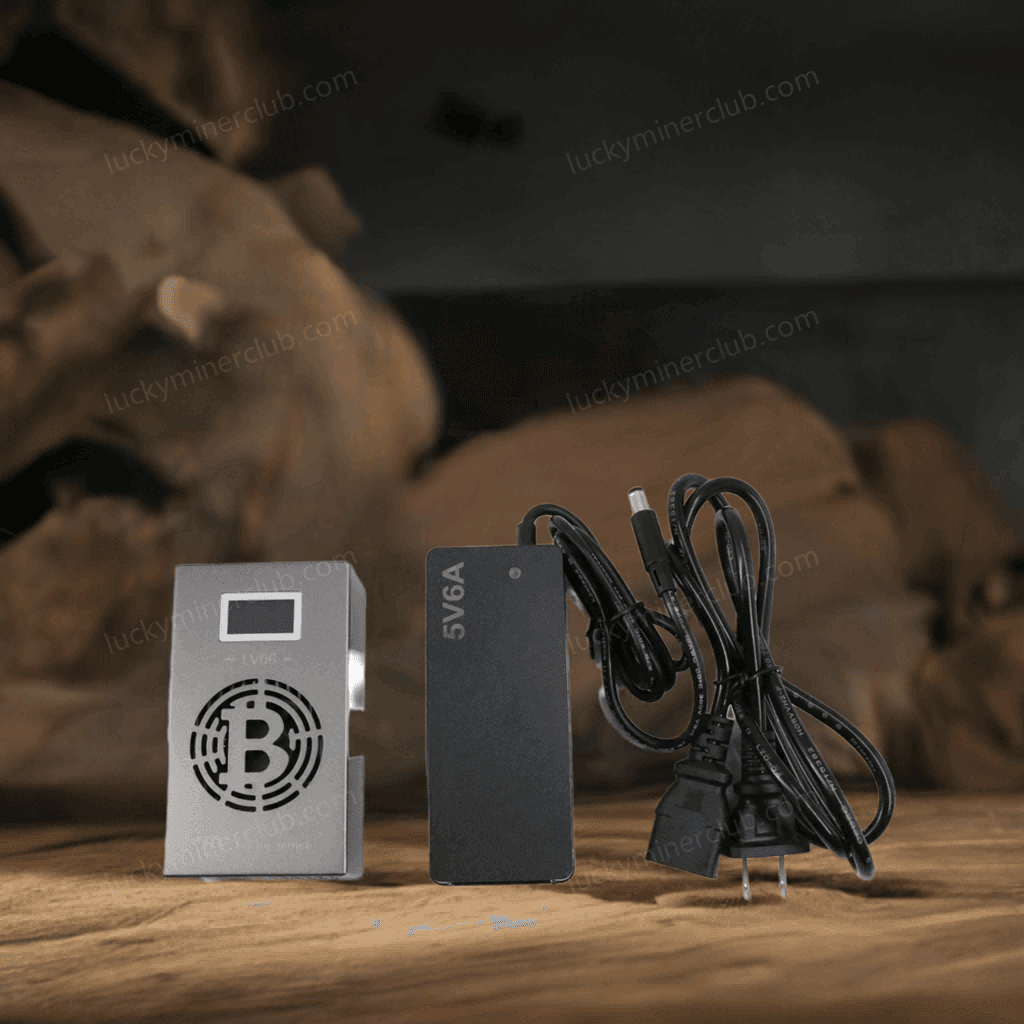

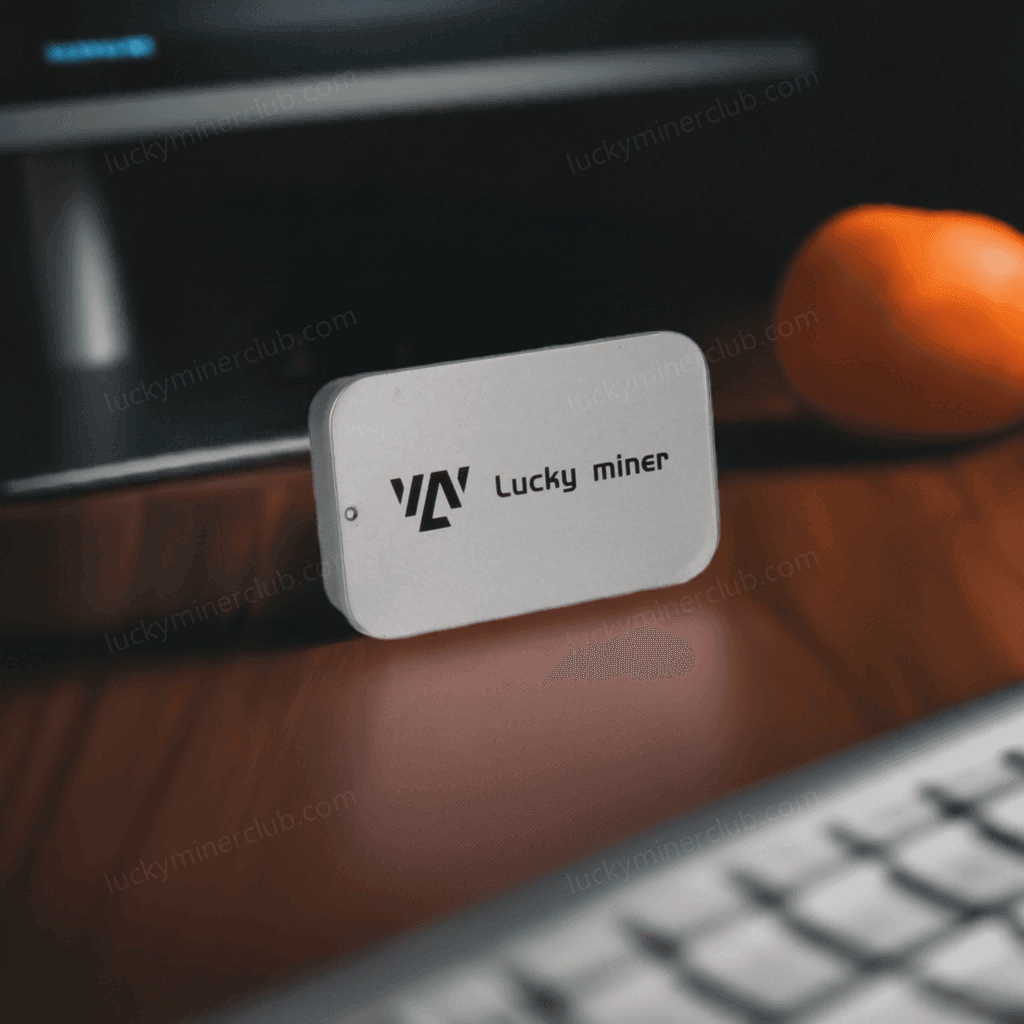
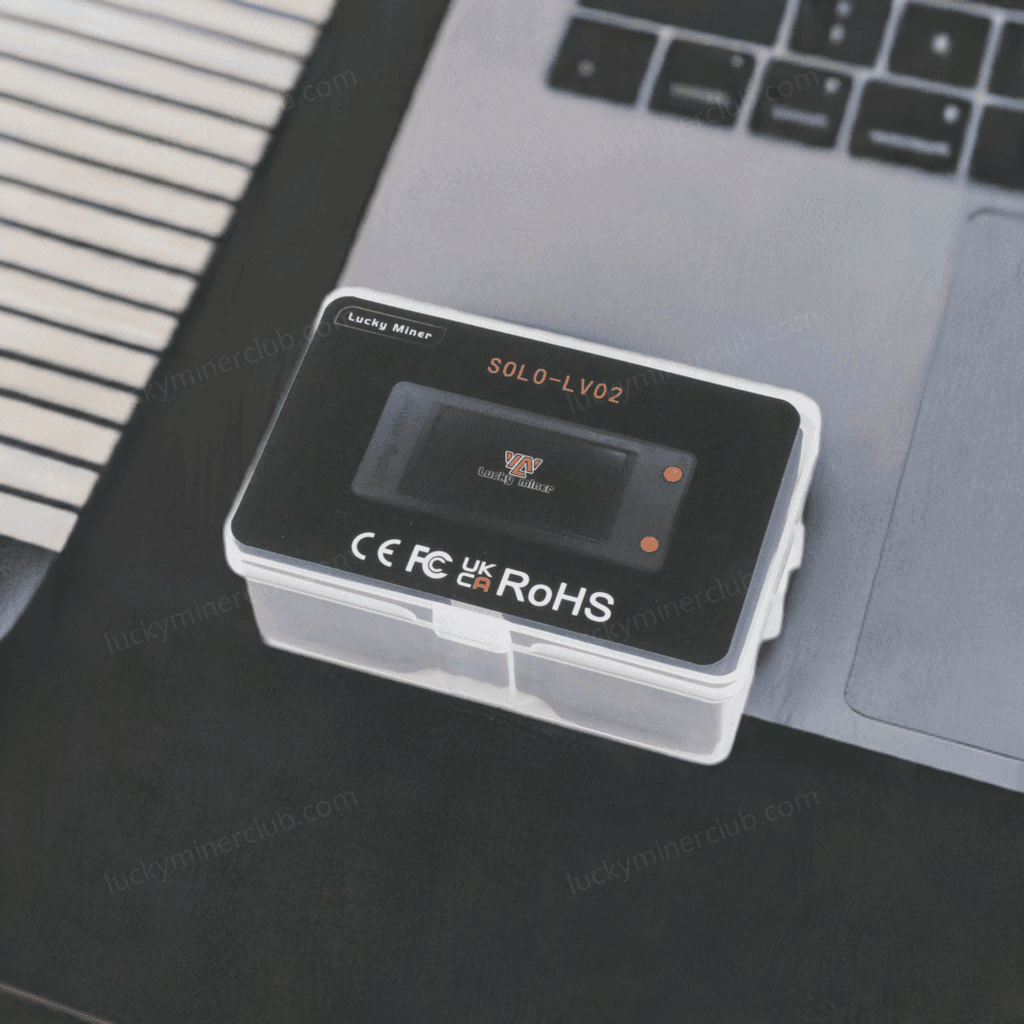
Leave a comment